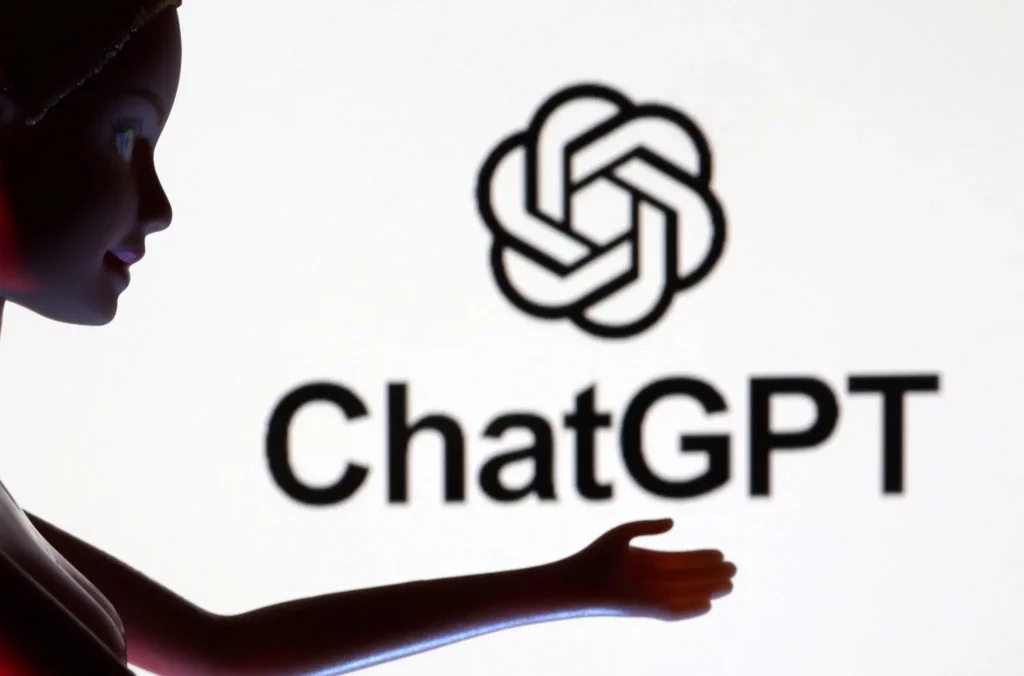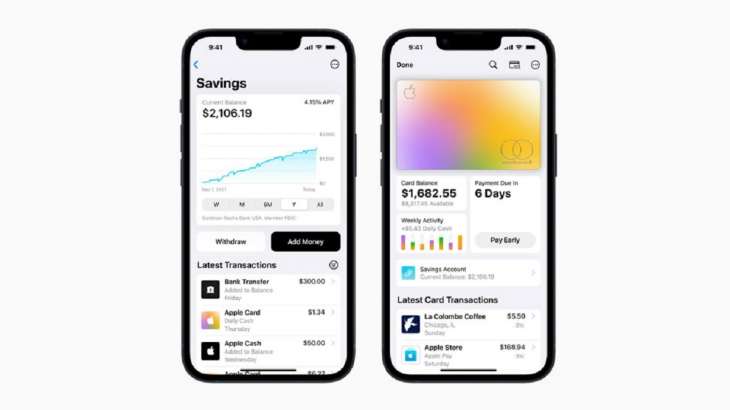People couldn’t stop talking about ChatGPT after its release at the end of 2022. It was obvious that it would dramatically alter processes across many sectors.
Chad Sowash, co-host of the HR technology podcast Chad & Cheese, remarked, “Everyone is focused on ChatGPT because it’s something they can see, touch, and play with.” The only way to see the other platforms in our space is to get a demo, as most of them are hidden behind paywalls. Algorithms and their inner workings are rarely exposed to the public. Since ChatGPT is based on OpenAI, you certainly can.


It’s not the only inexpensive option for a personal assistant to use throughout the workday, though.
Rachel Woods, CEO of the media and education company AI Exchange, has said, “Every day there are new tools coming onto the scene, which can be game changers for people to use in their work.” What could be the key to a 10-fold increase in output, after all?
Here is a list of ten more tools that employees can use to boost productivity, such as a meeting summary slide generator and a decision-making aid for the workplace.
1. Canva’s Magic Write
Canva released its generative AI tool as part of Canva Docs last December to give writers a leg up when it comes to developing their concepts.
Cameron Adams, Canva’s co-founder and chief product officer, said, “Think of it like a collaborative partner in your creative process.” Despite this, “AI kickstarts a first draught for you to edit to best suit your audience and vision,” with the caveat that “you still need to bring the initial seed of the idea.”
It can be put to use in the creation of anything from a formal strategy document to a meeting agenda to a blog post to social media copy to a cover letter. Simply enter a prompt that describes the kind of content you want to generate, and you’ll get a foundational draft to work from. Adams says that this method helps with writer’s block because it gives you a template for your work that is ready to be changed.
According to Adams, “We are seeing this technology unlock significant productivity gains for marketers and knowledge workers that embrace it thoughtfully,” and while it’s still early days, the gains have already been noticeable.
Read More: Italy Has Banned ChatGPT
2. GPT for Google Sheets
Woods suggests you add this extension. It sorts and converts between various file types. In addition, it can revise, summarize, translate, and categorize data found in Google Sheets. This means that standardizing and cleaning any list of data is simple.
Advertising copy, taglines, and email subject lines that are consistent with your brand’s voice can also be generated with this tool. The extension consolidates your Google Sheets and ChatGPT tabs into a single location, saving you time and effort.
Woods has expressed his satisfaction with the progress the team has made thus far.
3. Eleven Labs
Professional musicians and audio engineers may find Eleven Labs to be of use.
Woods commented on how simple it was to make a digital duplicate of one’s own voice using this service.
It can reproduce high-quality speech in any desired voice, complete with human-like intonation, inflection, and context-aware delivery. It can be used to narrate anything from audiobooks to newscasts to newsletters, and even video game cutscenes.
Instead of generating sentences independently, it takes into account the context of each utterance.
Read More: This novel search engine combines elements of both Google and ChatGPT
4. Midjourney
If you want to create art using artificial intelligence, Midjourney is the way to go. This program is like Dall-E 2 in that it lets you make pictures by typing in commands. A custom image can be made in a matter of seconds based on your instructions. It can help save time by allowing you to skip the rough draught stage, just like the other AI tools. You can also ask Midjourney for help if you’re working with a creative team and don’t have the sketching skills necessary to convey your vision.
5. Usechannel.com
Ask any data-related question you like, but make it easy to understand.
What this site is all about. Postgres, MySQL, BigQuery, and Snowflake are four of the most common data warehouses, all of which you can connect to, pose a question to, and receive an instantaneous answer from. It’s the same as having your very own data scientist on staff. Data visualizations are created, and the appropriate chart type is selected automatically. Analysts and product managers alike can make use of it.
6. Papercup.com
This website offers automatic translation of videos into more than 70 different languages, allowing video creators to reach an international audience of millions.
Papercup’s human translators check every word and make any necessary adjustments to the artificial voices to make them sound natural. Your video will be dubbed and ready for use in other countries. Ideal for use in eLearning, media, and other content creation environments.
Read More: This novel search engine combines elements of both Google and ChatGPT
7. Tome
Tome combines real-time integration with programs like Figma, Looker, Framer, and GIPHY with an artificial intelligence-powered canvas that can be edited on any mobile device. That means native video narration is the next step in storytelling after typing in a prompt to get a draught narrative. With one click, Tome can be completely rebranded in your company’s style.
“We created Tome to give people a new storytelling format that is intelligent, dynamic, and interactive, making it easier to use and more powerful than traditional slide tools,” said Keith Peiris, co-founder, and CEO of Tome.
Generative storytelling is another feature of Tome. With the help of a simple prompt, anyone can write smart copy and images into presentations, outlines, and stories. Tome’s AI can help you rewrite the text, make it more succinct or elaborate, and set the desired tone of voice.
8. Rationale
This artificial intelligence tool is meant to help business owners, managers, and individuals make important choices. The AI tool will provide a list of pros and cons, a SWOT analysis, or a causal analysis after you input a pending decision or undecided options. In order to get a more in-depth and specific analysis, you can create a “persona” to provide some background information.
Excellent as a jumping-off point for all sorts of business choices big and small. I used it to weigh the benefits and drawbacks of skipping an upcoming catch-up meeting in favor of an hour of focused work, for instance. The report listed the benefits as increased productivity, efficient use of time, and reduced stress, and the drawbacks as missed updates, potential damage to relationships, and fewer networking opportunities. Every point is accompanied by an explanation of its rationale.
9. OtterPilot
New AI-powered features, such as automated meeting summaries and automated slide capture, have been introduced to Otter.ai’s latest tool.
Sam Liang, CEO and co-founder of Otter.ai, wrote in an email to WorkLife, “We are launching OtterPilot to revamp meeting culture for good: streamlining the meeting process with AI and empowering professionals to skip unnecessary meetings by keeping them in the loop with automated, quality meeting notes.” By using OtterPilot, professionals can streamline the meetings they do attend and spend less time in them overall.
The intelligent AI assistant will automatically join meetings to take notes for employees. These are then distributed to both those present and those who were unable to attend. It includes a meeting summary, data highlights, and next steps in the form of presentation slides.
Over the next few days, all subscription tiers will have access to OtterPilot’s features.
10. Jasper.ai
Jasper.ai is a great tool for people in marketing and content roles to use for brainstorming, ideation, and first-draft outlines to make sure they’re not missing any key points, according to Seth Elliott, COO of strategy execution platform Quantive.
Elliott argues that workers should try out various artificial intelligence tools to determine whether or not they improve productivity and results in the workplace.
The AI copywriter can craft brand-specific content across multiple platforms, including social media, advertising, email, articles, and more.




